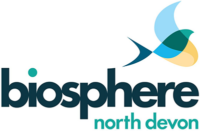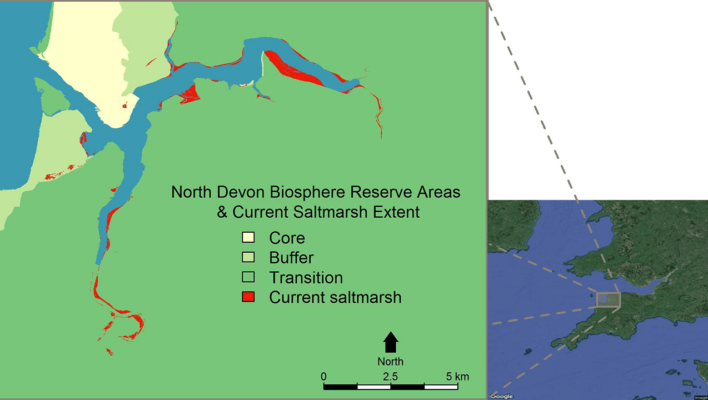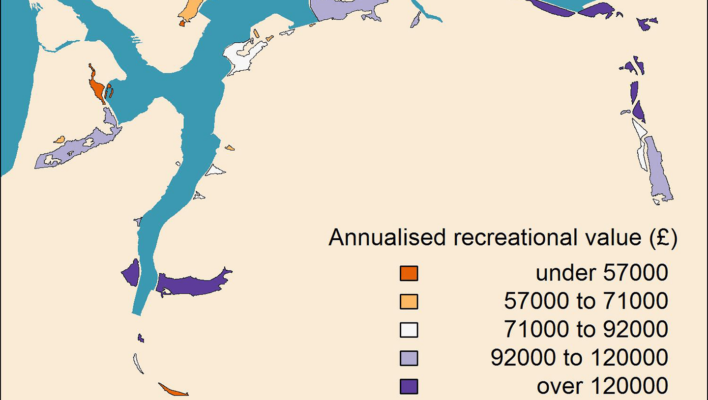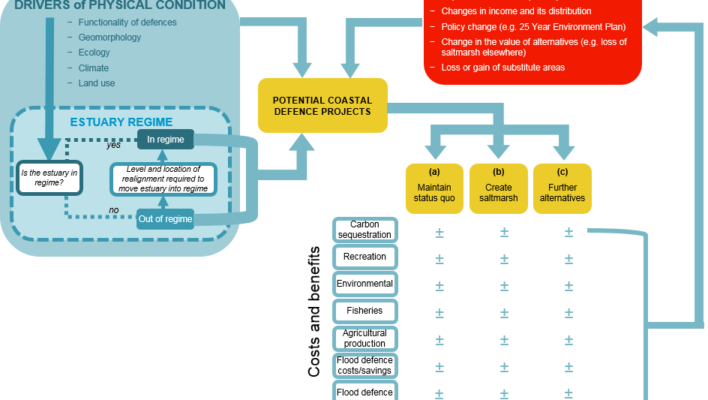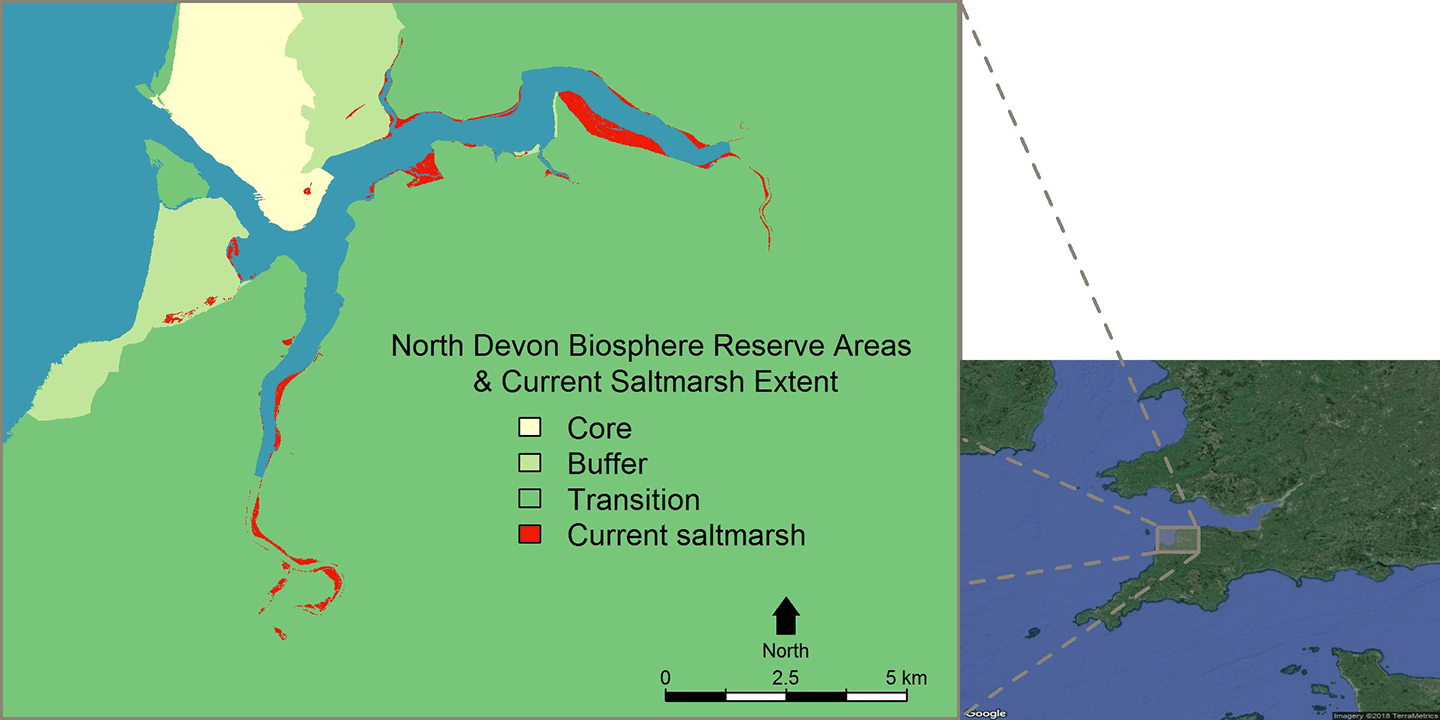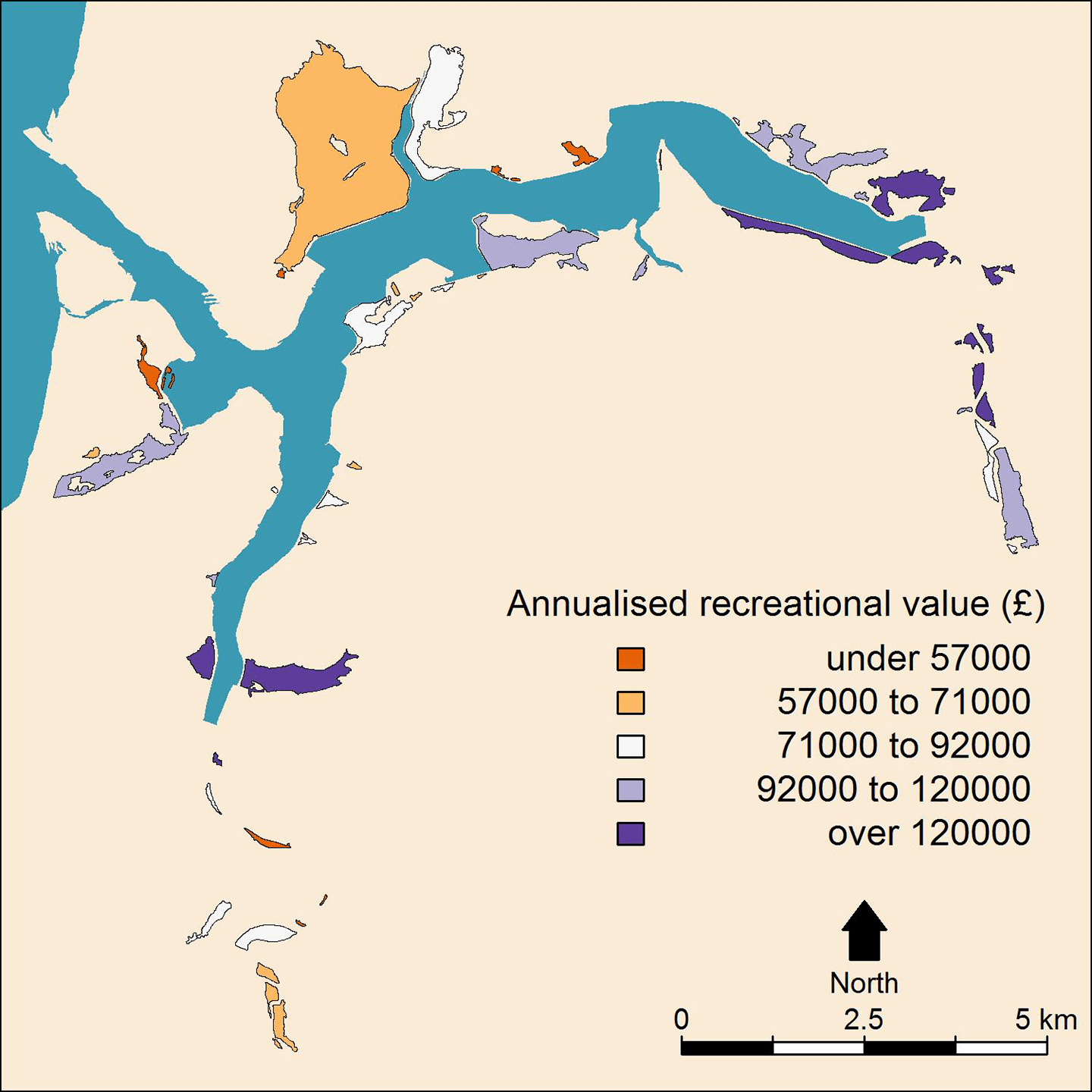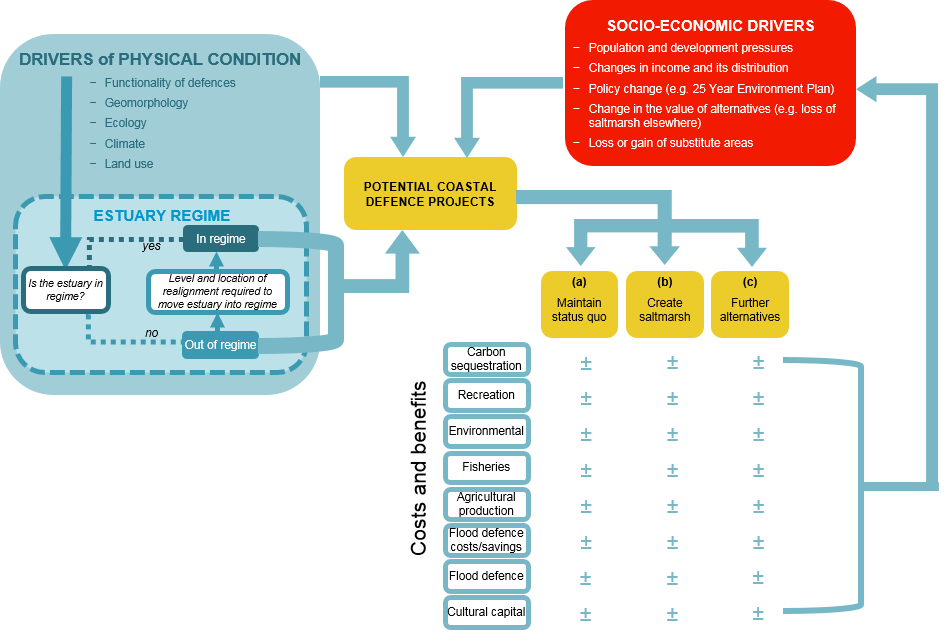Project team
Why it matters
Saltmarshes are rapidly degrading and decreasing worldwide. They produce a range of ecosystem services including carbon sequestration, recreational benefits and fisheries support services.
Managed realignment is the process of returning land back to saltmarsh, in areas where they have occurred historically occurred. This can improve coastal stability against flooding and erosion – which are likely to increase with climate change.
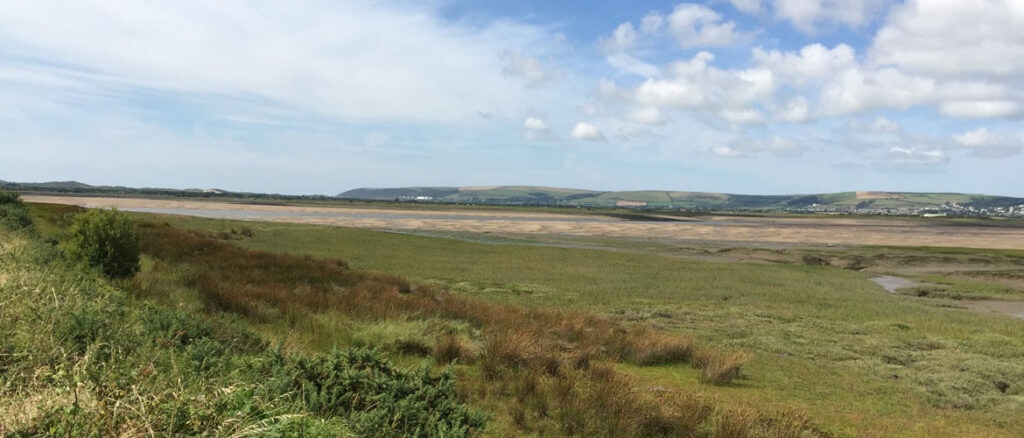
Partners
This SWEEP work gave us an alternative view of benefits of intertidal habitat creation in terms of the cost and benefit flows to both people and nature depending on location, from an economic perspective. The geomorphology and tidal hydrodynamics work in the estuary gave us more a more solid platform from which we undertook our more detailed modelling to result in a healthy mix of different intertidal habitats looking into the future (100 years). The work has helped us to develop practical and sustainable financing mechanisms for our £6M CRITTER project.
Andy Bell, North Devon Biosphere Reserve Foundation
What we did
Using an integrated natural capital methodology, we identified areas where the ecosystem services generated by new saltmarsh in the Biosphere would generate the greatest economic benefits, relative to the economic costs.
Produce the published paper A generalisable integrated natural capital methodology for targeting investment in coastal defence, describing GIS methodology, economic evaluation, and site prioritisation of candidate managed re-alignment sites, and the North Devon Marine Pioneer, Project Update (Mar 2019) Creating saltmarsh – a natural capital approach.
Carry out a series of dissemination and engagement actvities, including with the North Devon Marine Pioneer.
Over the winter of 2018/19, Dr Tim Poate (SWEEP UoP team) led a new project commissioned to evaluate the geomorphology and tidal hydrodynamics of sites in the NDBR, to provide a new understanding of the potential for managed re-alignment in the Taw-Torridge estuary. The work undertaken by Tim Poate helped to provide a more accurate estimation of the changes that might be expected at the mouth of the estuary to provide a basis for planning policy for the coming years. The contemporaneous tidal recording information carried out by SWEEP provided fundamental information for the Biosphere management team to implement a Sea level and Marsh Management model to further refine the management re-alignment strategy for the estuary. As a consequence of this modelling work, a £6M project for creation of estuary habitats has been initiated.
Looking to the future
The NDBR continues to explore issues around saltmarsh realignment through:
- Sea Level Affecting Marshes Model (SLAMM) modelling – this work simulated the potential impacts of long-term sea level rise on wetlands and shorelines.
- The £100K ‘Blue Carbon and the Natural Capital Marketplace’ project – funded under the Environment Agency’s Natural Environment Investment Readiness Fund (NEIRF), this project aims to ‘Deliver saltmarsh restoration using finance raised from carbon credit sales. Water quality improvements, improved flood risk management and Site of Special Scientific Interest improvements will also be modelled.’ See the Biosphere Foundation’s Natural Capital Marketplace for more details.
- The £6M CRITTER project (Coordinated Response for Intertidal Taw Torridge Estuary Restoration – this project aims to work with landowners and land managers to improve water quality, reduce flood risk, increase the health of local soils, create areas of new saltmarsh, all supported through a simple small grant scheme process. Find out more.


